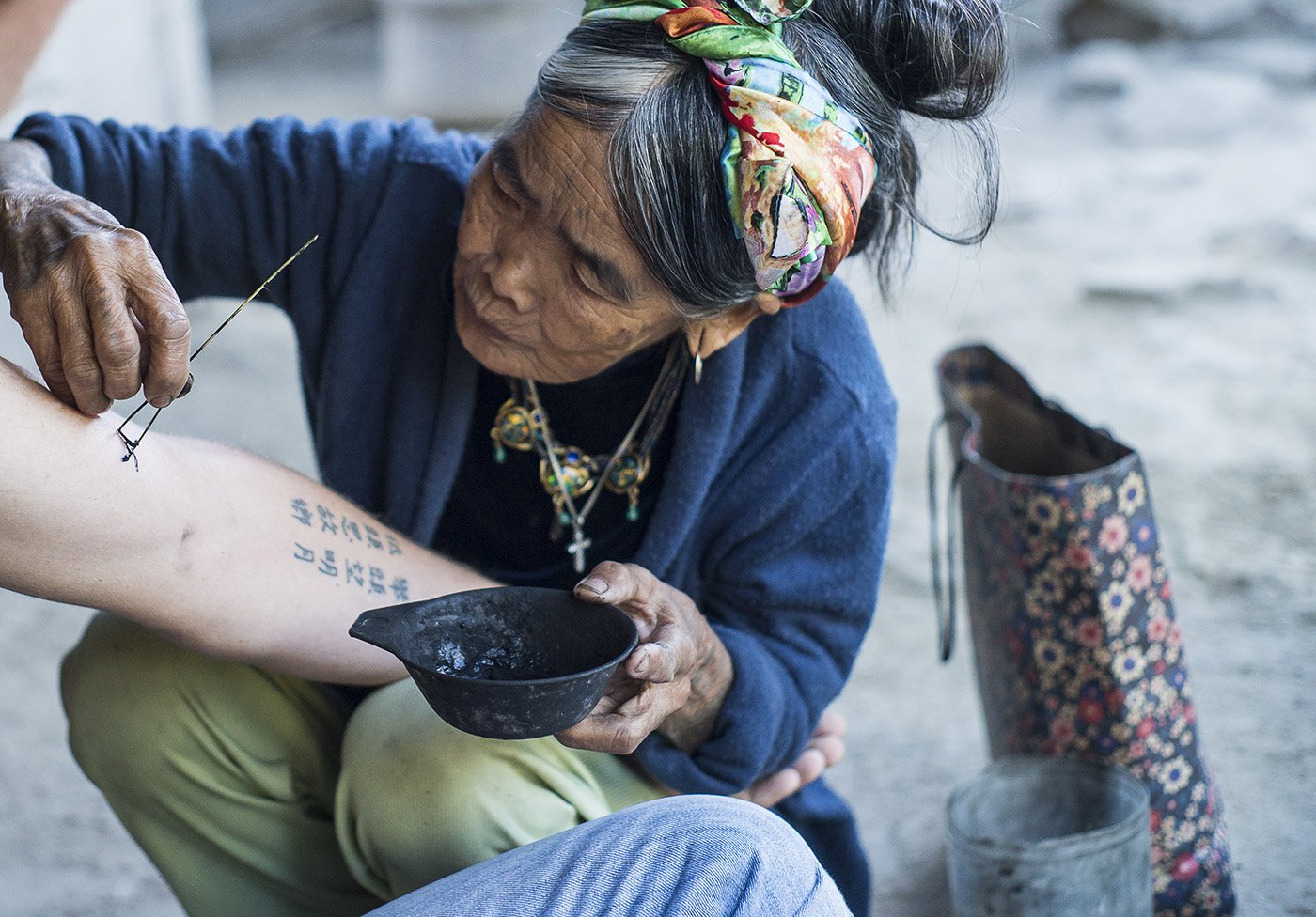
Whang-od started tattooing at the age of 15, a traditional artform that she learned from her father who was considered a master tattooist in the region.
Traditionally, only men with special tattooing ancestry were allowed to learn the art. Whang-od was an exception due to her talent and potential seen by her father. In later life, Whang-od’s chosen apprentices constituted of only women, breaking the patrimonial tradition for the first time in recorded Kalinga history.

Despite breaking tradition, her community accepted her decision. She has been doing the batok, the traditional hand-tapped tattooing, on male headhunters who earned the tattoos by protecting villages or killing enemies.
She also tattoos women of the Butbut people in Buscalan, Kalinga, primarily for aesthetic purposes. As a traditional Kalinga tattooist or mambabatok, she has done fortune telling and chants while doing tattoos. Every design she creates contains symbolic meanings specific to the mambabatok culture.
For example, a warrior who had killed an enemy would be given an eagle tattoo upon his return from battle.

She was first tattooed as a teenager with the designs consisting of a ladder and a python. The python tattoo was especially important in her people’s sacred stories. According to their indigenous religion, the python scale tattoo was first given to Lagkunawa, a beautiful noblewoman from the village of Ting Layan (Whang-od’s home village). It was a gift from the hero-god Banna, who fell in love with the mortal.
Ever since, the tattoo was passed on through the generations. Fatok is the term used for tattooing women to show beauty and wealth. When an arm of woman is tattooed just like Whang-od’s own tattoos, the family of the woman is obliged to pay the tattoo artist a piglet or a bundle of harvested rice (locally called as dalan). On the other hand, fi-ing is the term used for tattooing of male Butbut warriors on their chests and arms. Whang-od used to practice fi-ing until headhunting was discouraged by the government. Fi-ing was last practiced in 1972.
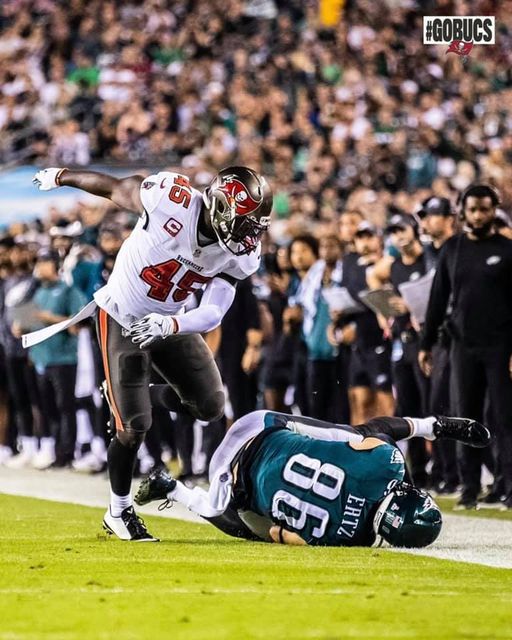
Whang-od Oggay (First name pronunciation: locally [ˈɸɐŋˈʔɘd];[check IPA] born February 17, 1917), also known as Maria Oggay, is a Filipina tattoo artist from Buscalan, Tinglayan, Kalinga, Philippines. She is often described as the “last” and oldest mambabatok (traditional Kalinga tattooist)[2] and is part of the Butbut people of the larger Kalinga ethnic group.
| Whang-od | |
|---|---|
| Whang-od tattooing | |
| Born | February 17, 1917 (age 104) |
| Nationality | Filipino |
| Other names | Maria Oggay Alternate name spellings:Whang Od Wang Od Fang-od Whang-ud |
| Known for | Last and oldest practitioner of Kalinga tattooing |
| Awards | Gawad sa Manlilikha ng Bayan |
She has been tattooing headhunters and women of the indigenous people of Butbut in Buscalan, Kalinga, since she was 15 years old, but the Butbut warriors who used to earn tattoos by protecting villages or killing enemies no longer exist. Despite this, Whang-od continues to practice her traditional art form on tourists visiting Buscalan.
The National Commission for Culture and the Arts (NCCA) conferred on Whang-od the prestigious Dangal ng Haraya Award at Tabuk, the capital of Whang-od’s ethnic province of Kalinga, in 2018. She was nominated for the National Living Treasures Award (Gawad Manlilikha ng Bayan) in 2017. Her nomination is still being processed by the NCCA.
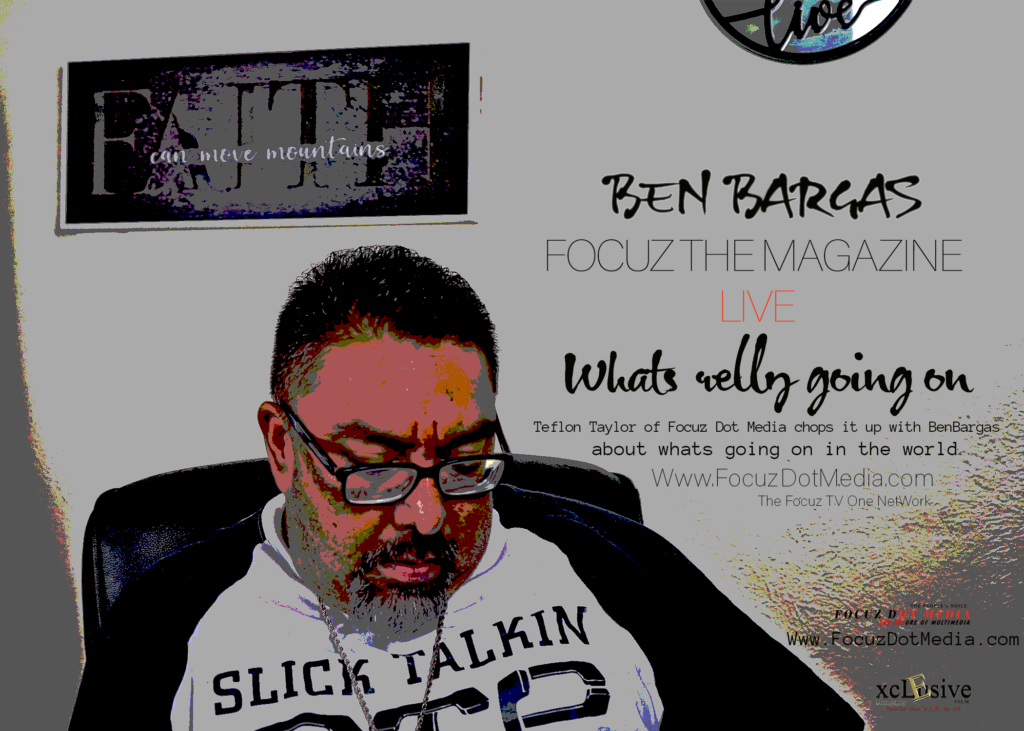
Though headhunters no longer exist, Whang-od still applies the tattoos on Buscalan tourists. She however no longer chants when tattooing tourists, as the chants are only for the beautification of Kalinga women and for the celebration of Kalinga men’s victory in battle. Some of her notable customers include Rhian Ramos, Drew Arellano, Liza Diño and Ice Seguerra.
Her early tattoo works did not earn her any income but due to the influx of tourists in her town, she was earning at least Php 5,000 a day for her tattooing in 2015. She accepts around twenty to thirty customers every day. She only does simple tattoos nowadays due to her advanced age. Her apprentices, all women, have continued the tradition for her and their people.
The tattoo ink she uses is composed of indigenous materials, usually a mixture of charcoal and water that is tapped into the skin using a thorn from a calamansi or pomelo tree. This ancient technique of batok dates back a thousand years and is relatively painful compared to conventional techniques. She uses designs found in nature and basic geometric shapes. She has numerous signature tattoos, but since 2017, her signature tattoo is composed of three dots, representing herself and her two apprentices, depicted as a continuation of the art form from the older to the next generation.
Aside from being a tattoo artist, Whang-od is a respected village elder and plays the nose flute. She also does agricultural tasks, such as feeding pigs and chickens; and cultivating rice.

When she was very young, Whang-od had a boyfriend named Ang-Batang, a Butbut warrior. She performed a batok on Ang-Batang after the warrior’s first victory in a battle. Many elders opposed her relations with Ang-Batang, believing the man’s bloodline was not pure. A marriage was eventually arranged for Ang-Batang and Whang-od’s best friend Hogkajon. Ang-Batang died as the result of a logging accident when Whang-od was 25 years old. Senator Nancy Binay stated that Whang-od’s impact on Filipino culture has helped raise awareness and keep the knowledge, tradition and culture of Kalinga tattoos alive and known for the younger generations and people outside of Filipino culture. The practice of Kalinga tattoos was almost extinct and the idea was obscure, “The tradition of Batok has changed with the modern times in the last millennia.” Whang-od’s title as the “Last Kalinga Tattoo Artist” will soon be inaccurate. It is said Whang-od is now teaching 20 young girls, plus her grandnieces the art of mambabatok so that the tradition and knowledge will not die with her and so that her legacy will be carried through her students and grandnieces-

Out of her twenty young students that she teaches, only Grace Palicas and Ilyang Wigan are considered her only real apprentices; due to tradition, the apprenticeship of batok must only be passed down and taught to blood relatives. Whang-od’s “signature” tattoo consists of three dots, representing herself and her blood-related apprentices and representing a next generation in her art. These Kalinga tattoos, despite consisting of symbols occurring in nature carrying simple geometric patterns, do not carry the same meaning they had when they were earned through warfaring culture.
Due to Whang-od’s status as the last mambabatok of her generation, her role in bringing awareness to a form of traditional tattooing and training several practitioners, many netizens were lobbying her to be one of the National Artists of the Philippines. A hashtag campaign (#WangOdNationalArtist) started in September 2015 and the hashtag was shared through social media about 11 thousand times after almost a month. Some netizens were campaigning for her to be given the National Living Treasures Award instead.



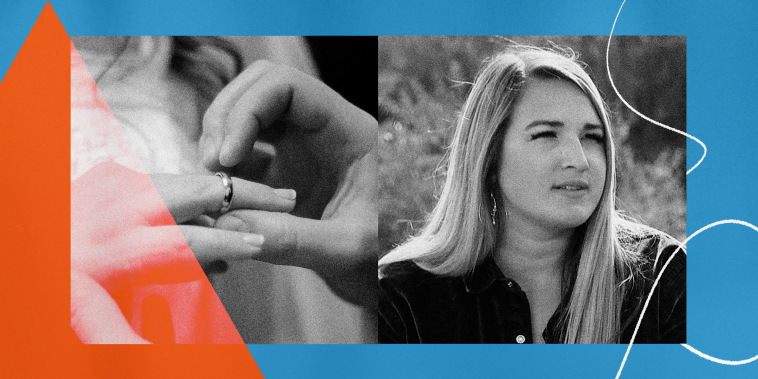
 The Force Awakens: Aiden Anderson’s Rise in Dallas Amateur Boxing
The Force Awakens: Aiden Anderson’s Rise in Dallas Amateur Boxing  Thomas Edward Patrick Brady Jr, Shedeur Sanders, Travis Hunter, Shilo Sanders, Jimmy Horn Jr, Global Don, and more
Thomas Edward Patrick Brady Jr, Shedeur Sanders, Travis Hunter, Shilo Sanders, Jimmy Horn Jr, Global Don, and more  Denver Public Schools has resolved to shut down seven schools, facing considerable opposition in the process.
Denver Public Schools has resolved to shut down seven schools, facing considerable opposition in the process.  The Real Spill Talk Show -Overwhelming Friends-
The Real Spill Talk Show -Overwhelming Friends-  SNACO
SNACO  Was it really about the Lil Wayne Concert
Was it really about the Lil Wayne Concert 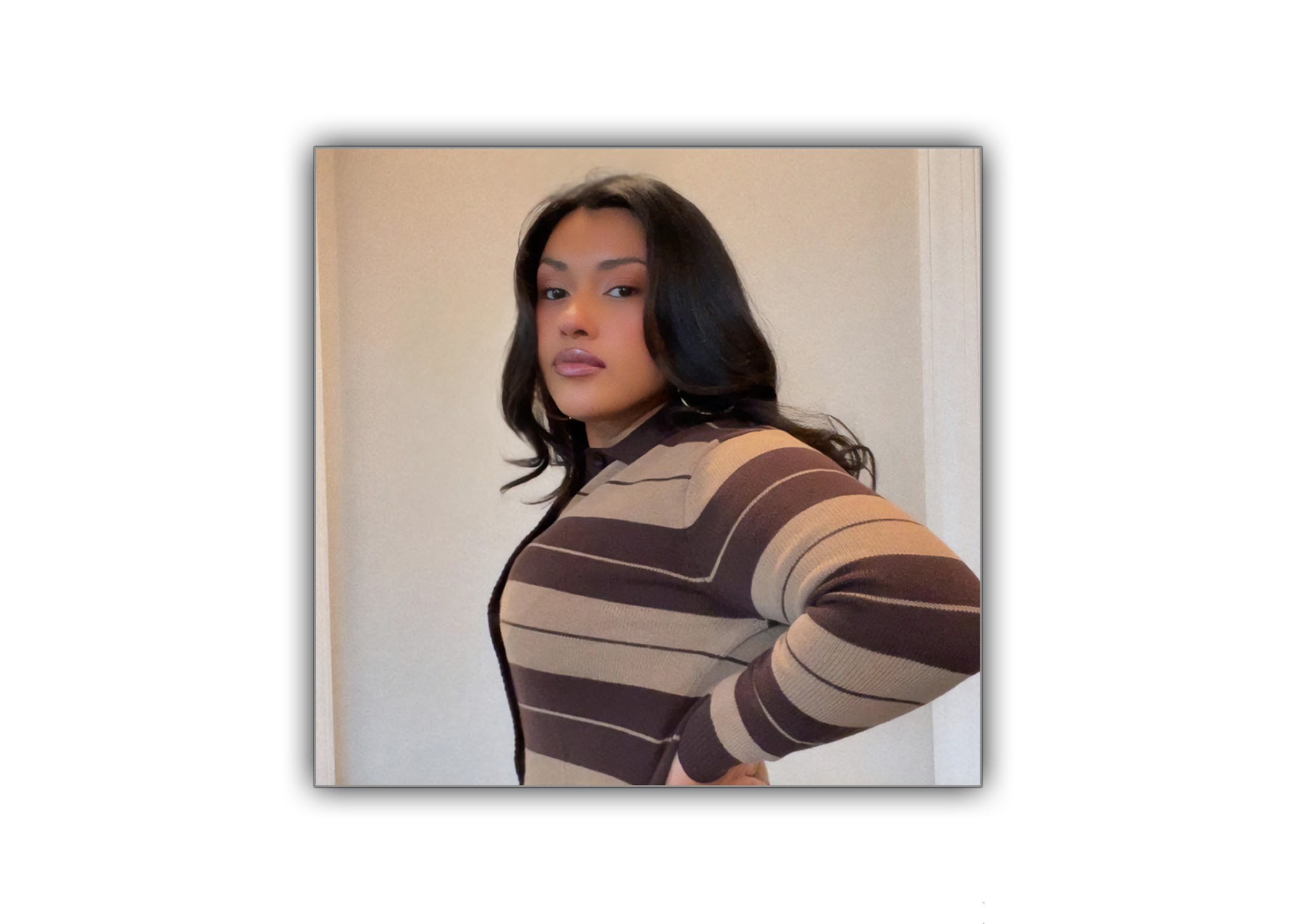 Sofia Llamas: A Force for Good in Colorado – Igniting Hope and Empowering Communities
Sofia Llamas: A Force for Good in Colorado – Igniting Hope and Empowering Communities  Trump administration offers to pay plane tickets, give stipend to self-deporting immigrants
Trump administration offers to pay plane tickets, give stipend to self-deporting immigrants